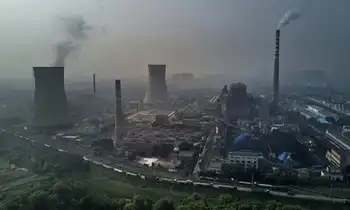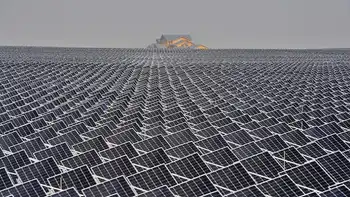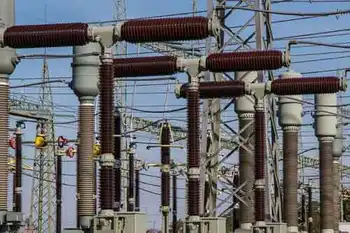California heat wave may trigger blackout
CALIFORNIA - With demand for power expected to exceed July 24's record, the California grid operator said it might have to trigger rolling blackouts, making it essential for customers to conserve electricity as a killer heat wave blankets the region.
After dodging a bullet that day, the California Independent System Operator (ISO) came close to the breaking point but met the peak demand because customers conserved energy and the system remained intact.
The ISO forecast peak demand July 25 would reach 50,538 megawatts, breaking yesterday's record of 50,270 MW which was 11 percent higher than the peak record set last year.
One MW in California can usually power about 700 homes, but the number served drops during record usage.
An estimated 100,000 customers were without power early July 24, down from more than 1 million over the weekend, due to the heat. The number of outages, however, dwindled during the day.
With temperatures topping 110 degrees Fahrenheit in some parts of the state, there were reports of more than two dozen deaths due to the heat.
Meteorologists forecast temperatures on July 25 would reach 78 degrees Fahrenheit in San Diego, 82 in San Francisco, 83 in Los Angeles, 94 in San Jose, 107 in Sacramento and 109 in Fresno.
The California ISO called a "Stage 2" power emergency on July 24, which means utilities may cut or reduce power to businesses that agreed to respond when such an emergency occurs, in return for lower rates.
Rolling involuntary blackouts are "Stage 3." The grid operator last called a Stage 3 emergency in May 2001.
The power plants and transmission lines worked on July 24 and customers conserved energy when requested, officials at the ISO said, emphasizing that it was even more essential for July 24.
The Cal ISO transmits 80 percent of the state's electricity.
Related News

Symantec Proves Russian
WASHINGTON - An October, 2017 report by researchers at Symantec Corp., cited by the U.S. government, has linked recent US power grid cyber attacks to a group of hackers it had code-named "Dragonfly", and said it found evidence critical infrastructure facilities in Turkey and Switzerland also had been breached.
The Symantec researchers said an earlier wave of attacks by the same group starting in 2011 was used to gather intelligence on companies and their operational systems. The hackers then used that information for a more advanced wave of attacks targeting industrial control systems that, if disabled, leave millions without power or…




